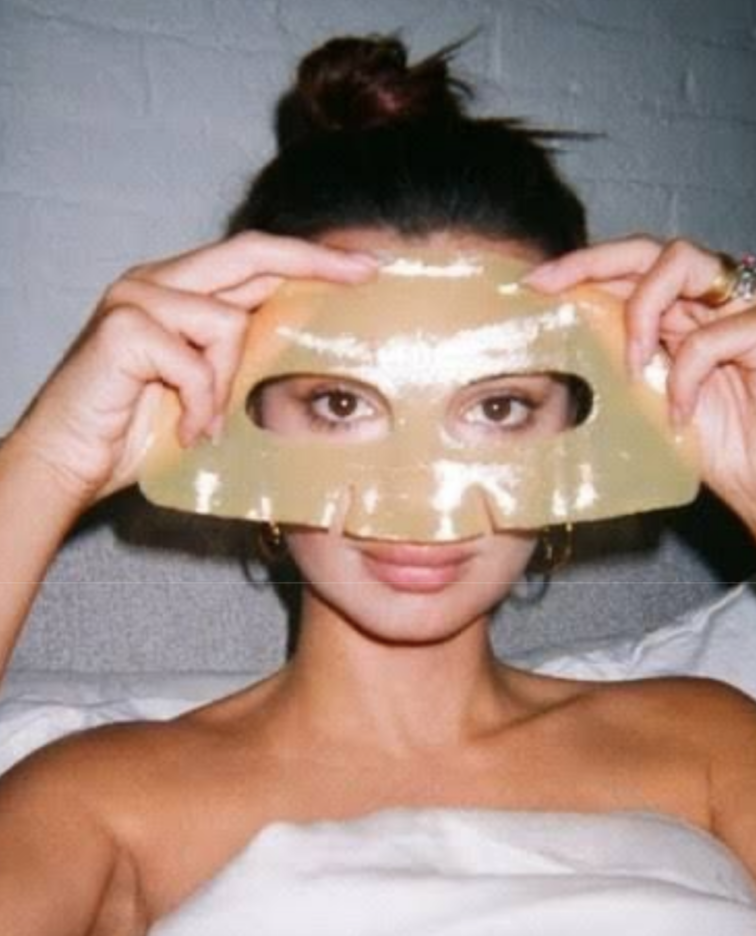



You won’t turn into a grease ball
Cleansing, with oils? If this sounds counterintuitive to you, you’re not alone. In fact, only in recent years have Westerners discovered that applying oils directly to the skin was a nourishing beauty staple. Gone are the days of oil-free beauty. Time to get acquainted with actually cleansing our skin with oils.
First, consider that “most cleansing products, including soaps, shampoos, and scrubs, dry the skin and alter its pH balance, causing it to become more alkaline,” according to Pratima Raichur in her comprehensive book, Absolute Beauty. You want to avoid that “squeaky clean” feeling—it’s a false sense of perfectly clean, and is actually very harmful to our skin barrier.
One of the most common reactions that our skin has to this incessant desire to strip it of its natural oils, Raichur explains, is to produce more oil to compensate for the loss. You see, our skin is constantly trying to achieve a state of balance, and it’s our job to make that easier skin, not harder. If you have a combination or dry skin, oil cleansing is a very soothing alternative. After all, a lotion is made simply by combining oil and water with an emulsifier, so we need to get past the belief that applying oils to our face will make us, in turn, oily.
In Nadine Artemis’ book, Renegade Beauty, she refers to oil cleansing as “sealing,” which she defines as “healing the skin and recovering the integrity of the epidermis to repair the hydro-lipid barrier.” Lipids, by the way, are types of fats, and oils are typically a form of fats.
"Hello t-zone!"
Using natural lipids, like jojoba oil (which is actually a plant wax) is symbiotic with our natural sebum, meaning our skin recognizes it as a friend, not foe. According to Artemis, jojoba has the ability to unclog pores by dissolving oxidized sebum. Oxidized sebum can look like a million tiny blackheads in every pore. Hello t-zone! Certain essential oils in safe, diluted amounts, are also incredibly healing. They are invigorating, antimicrobial, and can fade dark spots and scars as well as plump fine lines and hydrate dry, flaking skin.
To oil cleanse, use a soft bamboo or cotton cloth, or a thin muslin cloth for a gentle exfoliating texture. Apply oil to the hands and then to a dry or damp face, in circular motions. Massage vigorously, yet without stretching the skin in uncomfortable ways. You want to work the oil into the pores to remove dirt and grime like a magnet, as well as increase circulation in the surface of the skin so that your dermis can better oxygenate and absorb the nutrient ingredients of your cleanser.
To remove, rinse with warm (not hot!) water, and work your way around your face with your muslin cloth, gently scrubbing to remove the oil without getting too aggressive and disrupting your skin barrier. One final rinse, and pat dry. The result should be clean, glowing, hydrated skin. If your skin feels oily, you have not removed your oil cleanser properly. A muslin cloth is the perfect amount of mechanical exfoliation for daily use and removing the days dirt and makeup.
"Give that beautiful face a loving massage."
If your skin is more oily, or you wear a heavier makeup load for work or play, oil cleansing is also an excellent step in a double-cleansing regime! You can oil cleanse twice, or simple oil cleanse using the above method, and then follow with a gentle cleanser of your choice. Just be sure to give that beautiful face a loving massage.